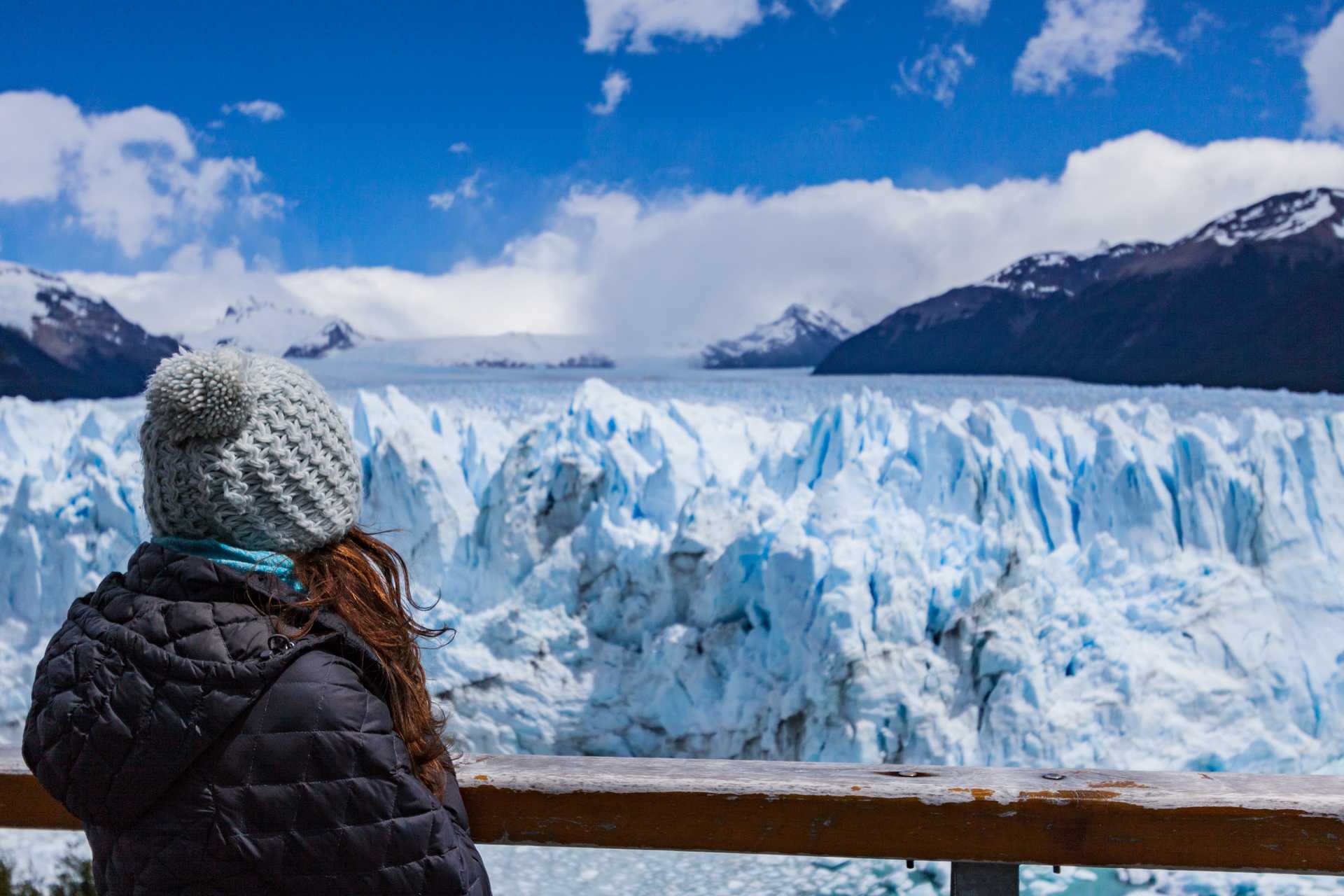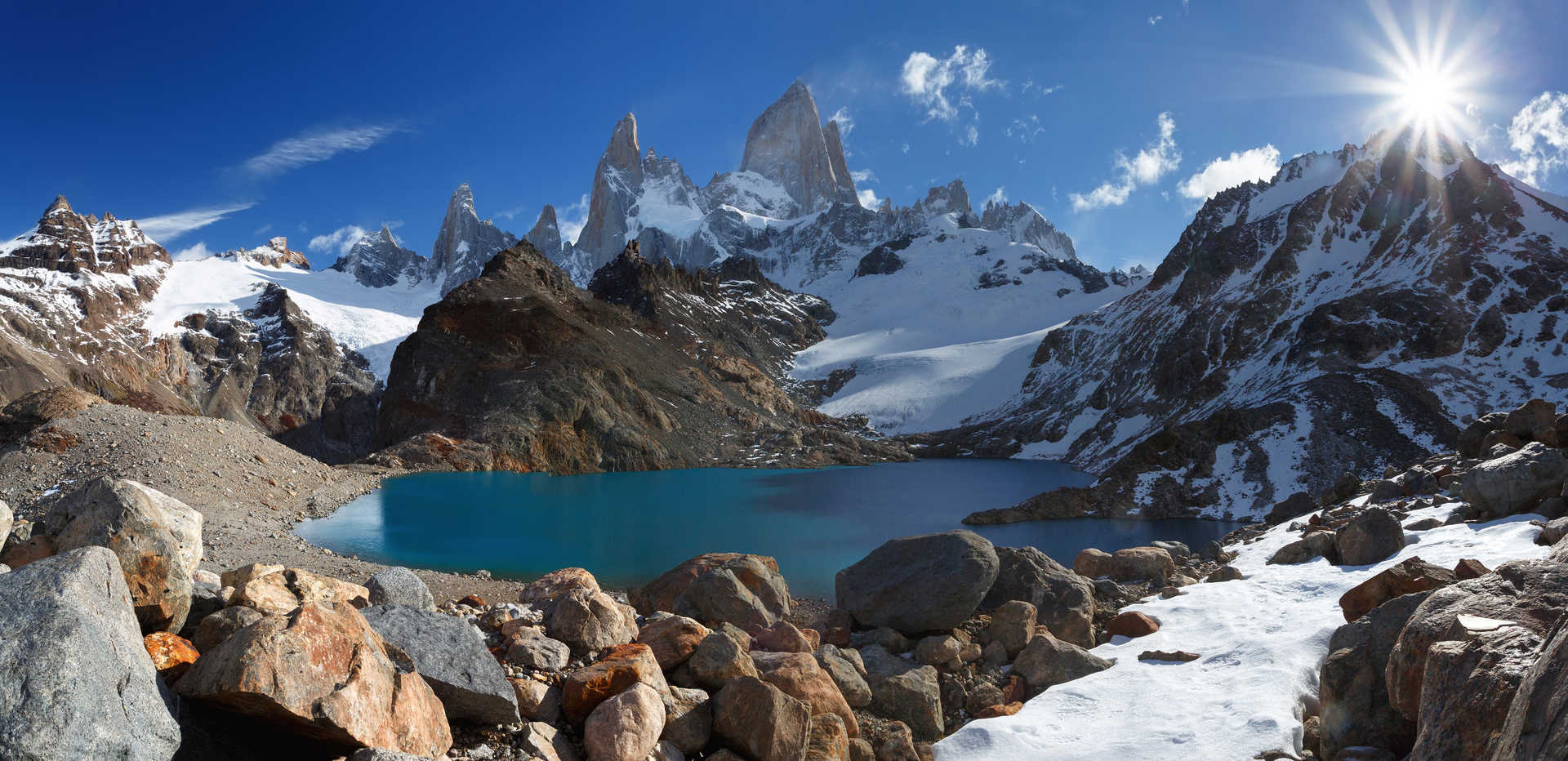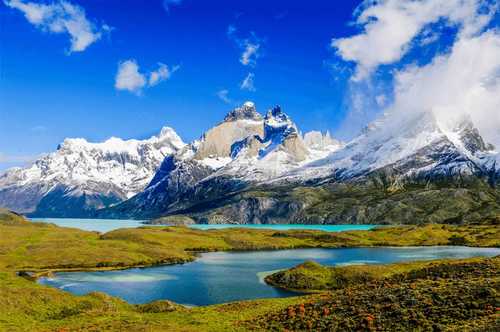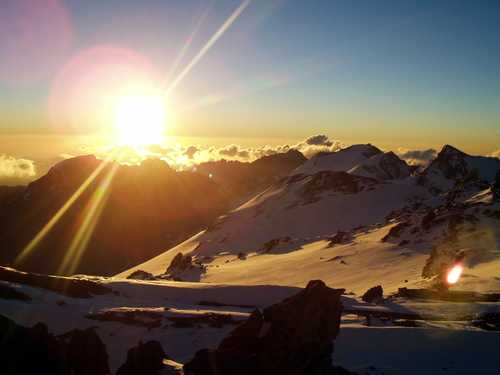Aconcagua
On the northern side of Aconcagua lies the
Valle de las Vacas or “Cows Valley” and to the south the Valle de los Horcones
Inferior. Aconcagua sits slap bang in the middle in the Principal
Cordillera of the Andes, just inside Argentina's border with Chile. The
volcanic landscape from which it is formed is clear in the making of Aconcagua;
a high massif with a North and South peak that lie a kilometre apart from one
another, separated by the Cresto del Guanaco, a long, exposed ridgeline.
Aconcagua is the highest mountain in the world
outside of Asia, sitting at a whopping 6961m! (though the exact height
of it has been the subject of debate for many years). It sits among giants
with another thirteen of its surrounding peaks standing over 500m.
Landslides are common
in this area as the contrast between high summer temperatures and fluctuations
of freezing weather in the winter cause deep glacial ravines and crumbling
rock formations. The variations in the landscapes here are wide ranging;
with vast scree slopes, hanging ice glaciers, large rock faces and fractured snow
falls.
Patagonia
Patagonia is a sparsely populated region at the southern
most tip of the Andes Mountain range, it covers parts of Argentina and
Chile. Well known for its mountains,
fjords, lakes and glaciers, it is bordered by the Pacific Ocean to the
west and Atlantic Ocean to the east. To the south, various bodies of water
connect the two oceans, the Strait of
Magellan and the Beagle Channel are the most well known.
The South Patagonia Ice Field is approximately 350km long
and covers an area of 12,363 square kilometres. It supports dozens of glaciers which flow either west into the Pacific
or east into the Atlantic. With Kandoo Adventures you can visit
two of the most impressive of these glaciers, the Perito Moreno Glacier in Argentina and Grey Glacier over the border in Chile which flows into
Lago Grey in Torres del Paine National Park. There are two volcanoes buried under
the ice field, Lautaro and Viedma. Due
to their inaccessibility, buried below the ice, they are among the least researched volcanoes in the
world.
Patagonia is home to a wide range of amazing wildlife including Mountain Lions, also known as Cougars or Puma. Other species to look out for are the
Patagonian Grey Fox, Guanaco, Patagonian Armadillo and the iconic Andean
Condor. There are 60 different mammal
species in the region and nearly 400 different bird species.














